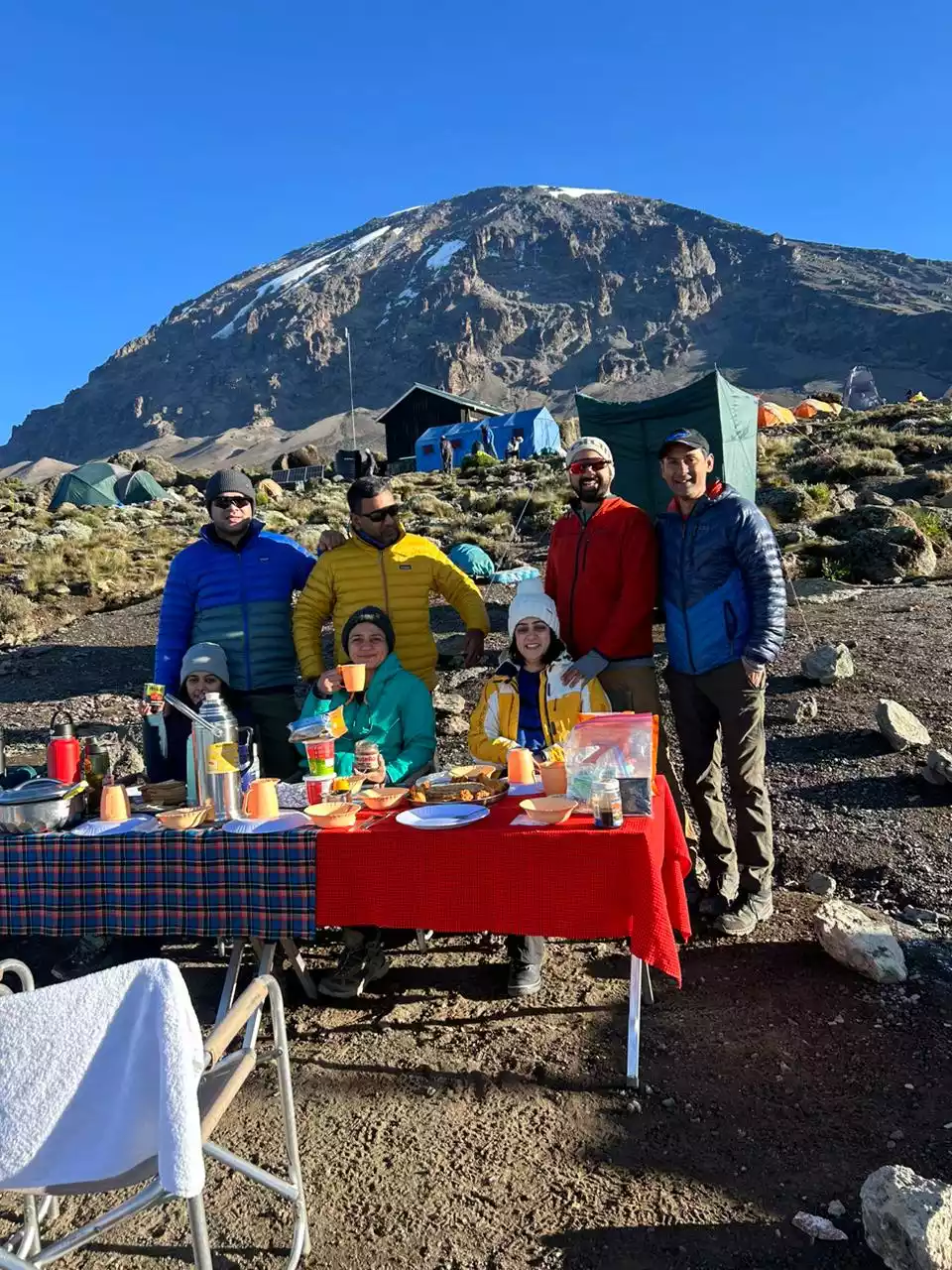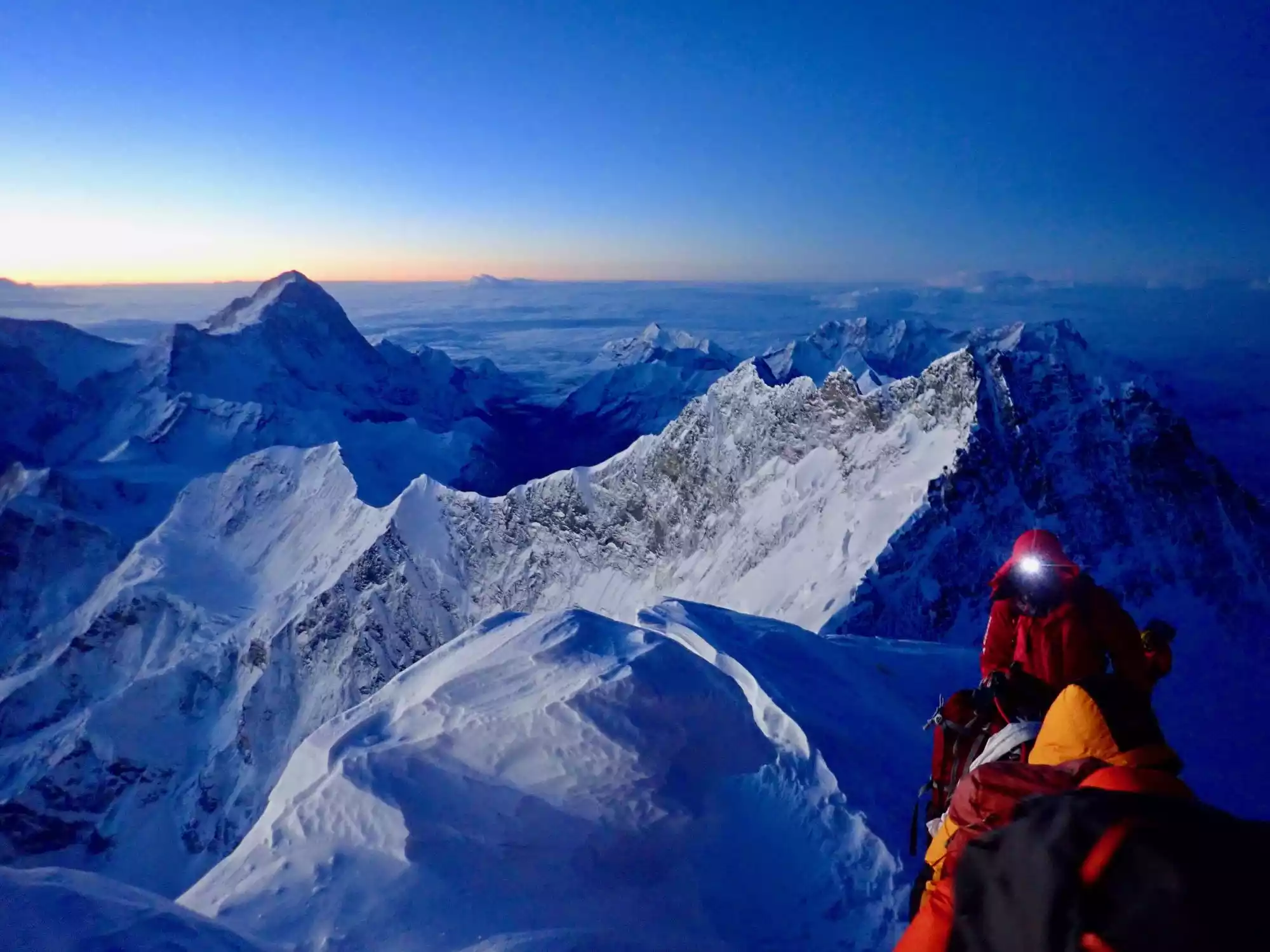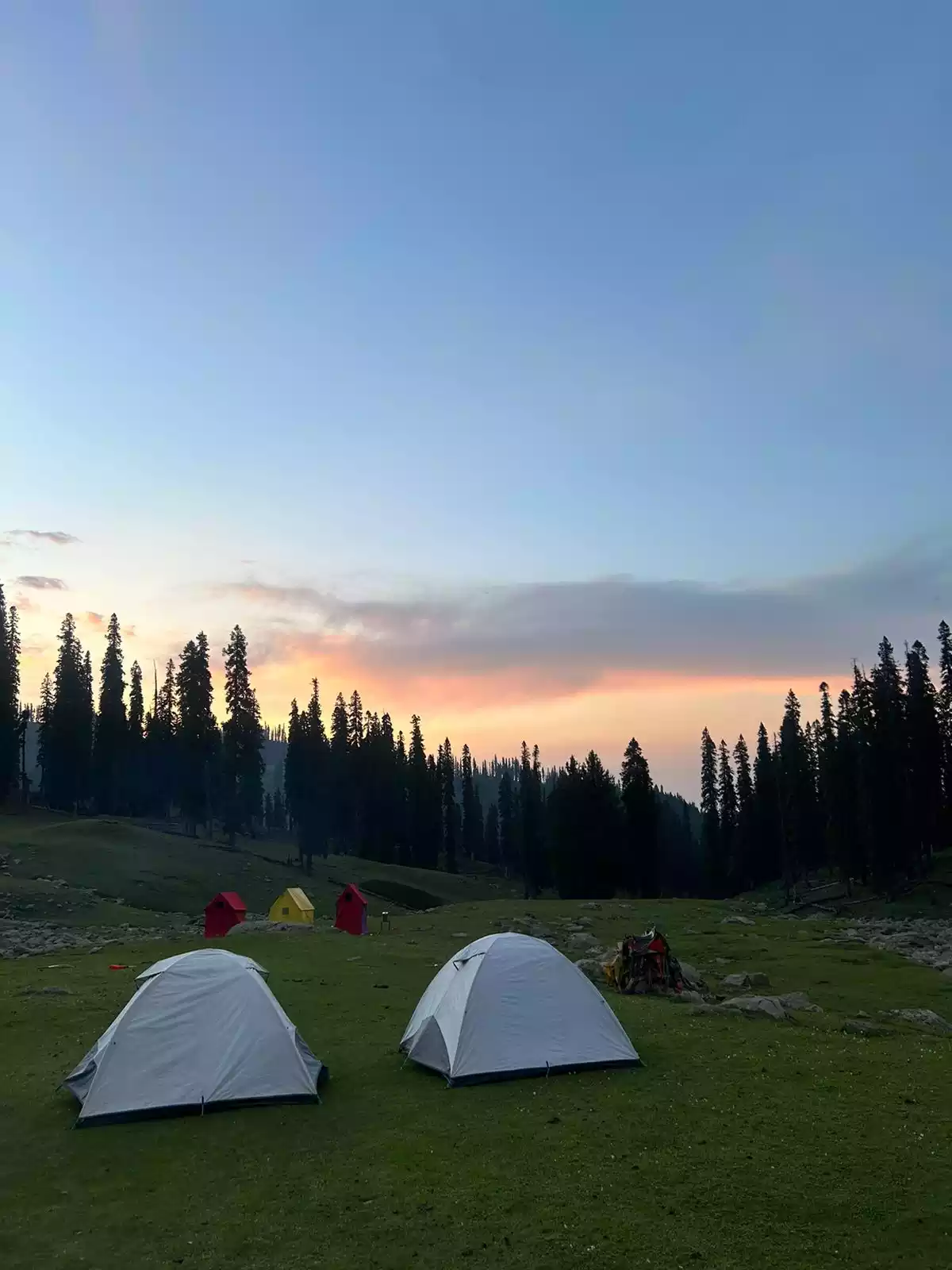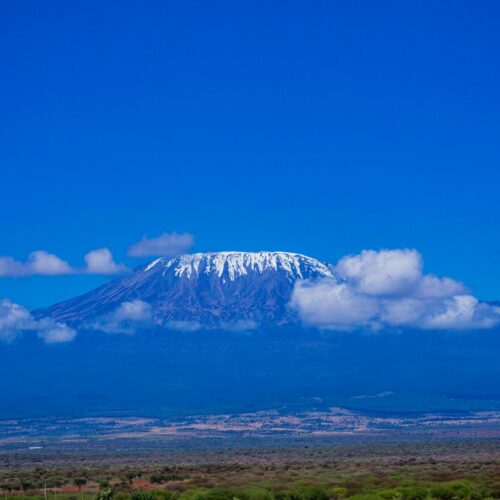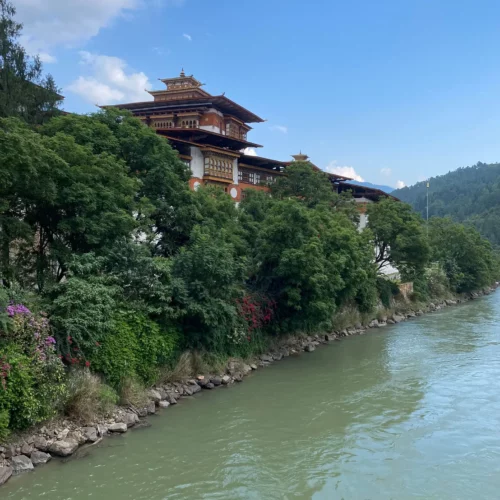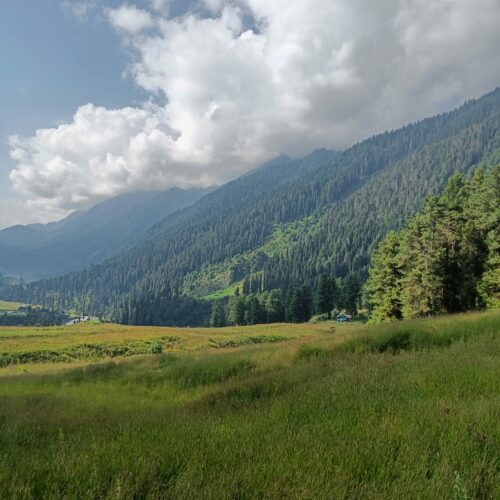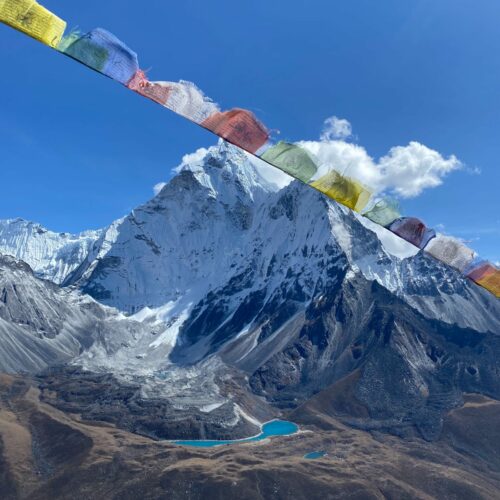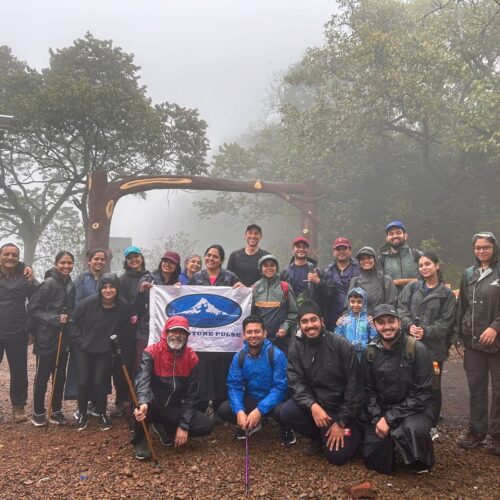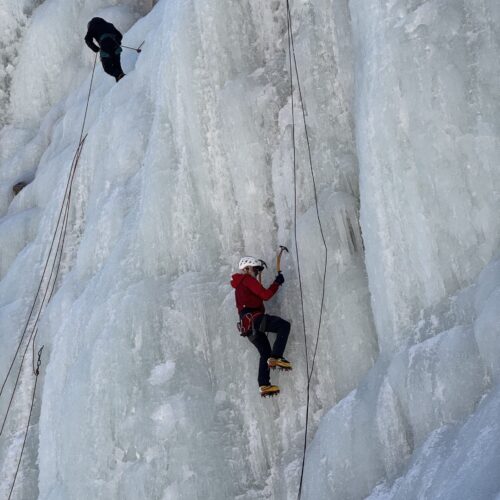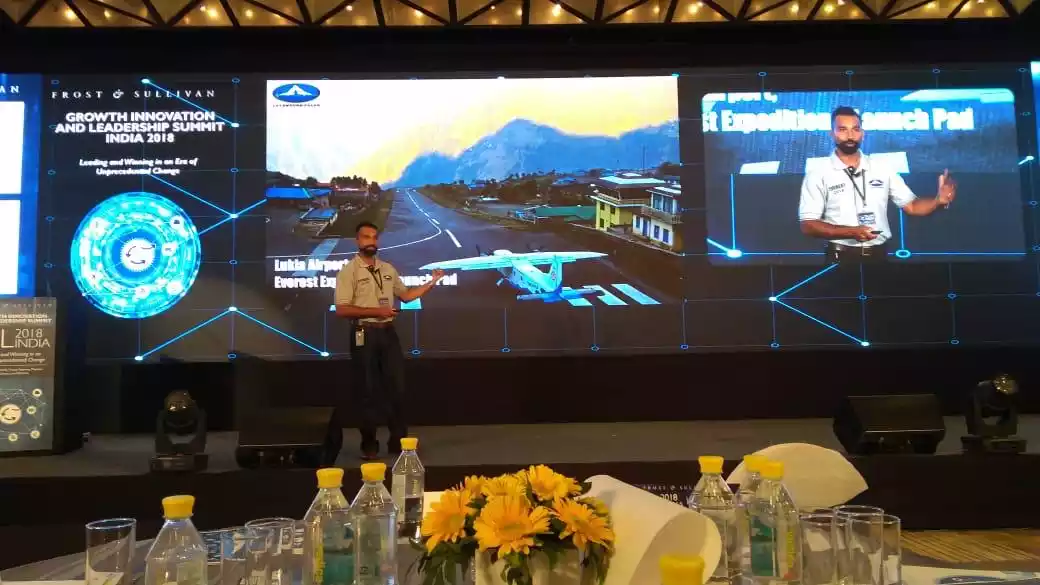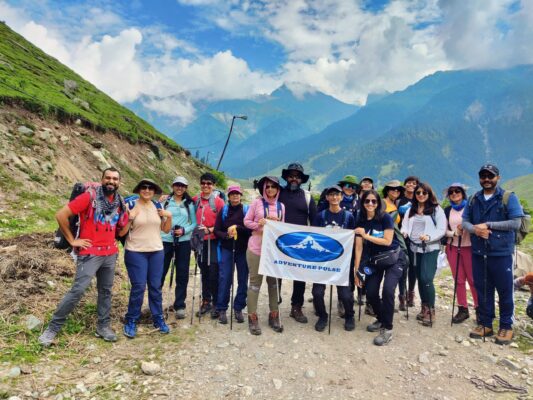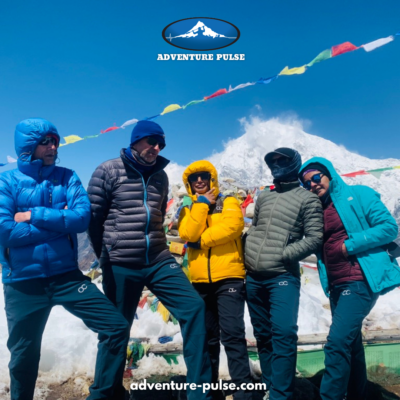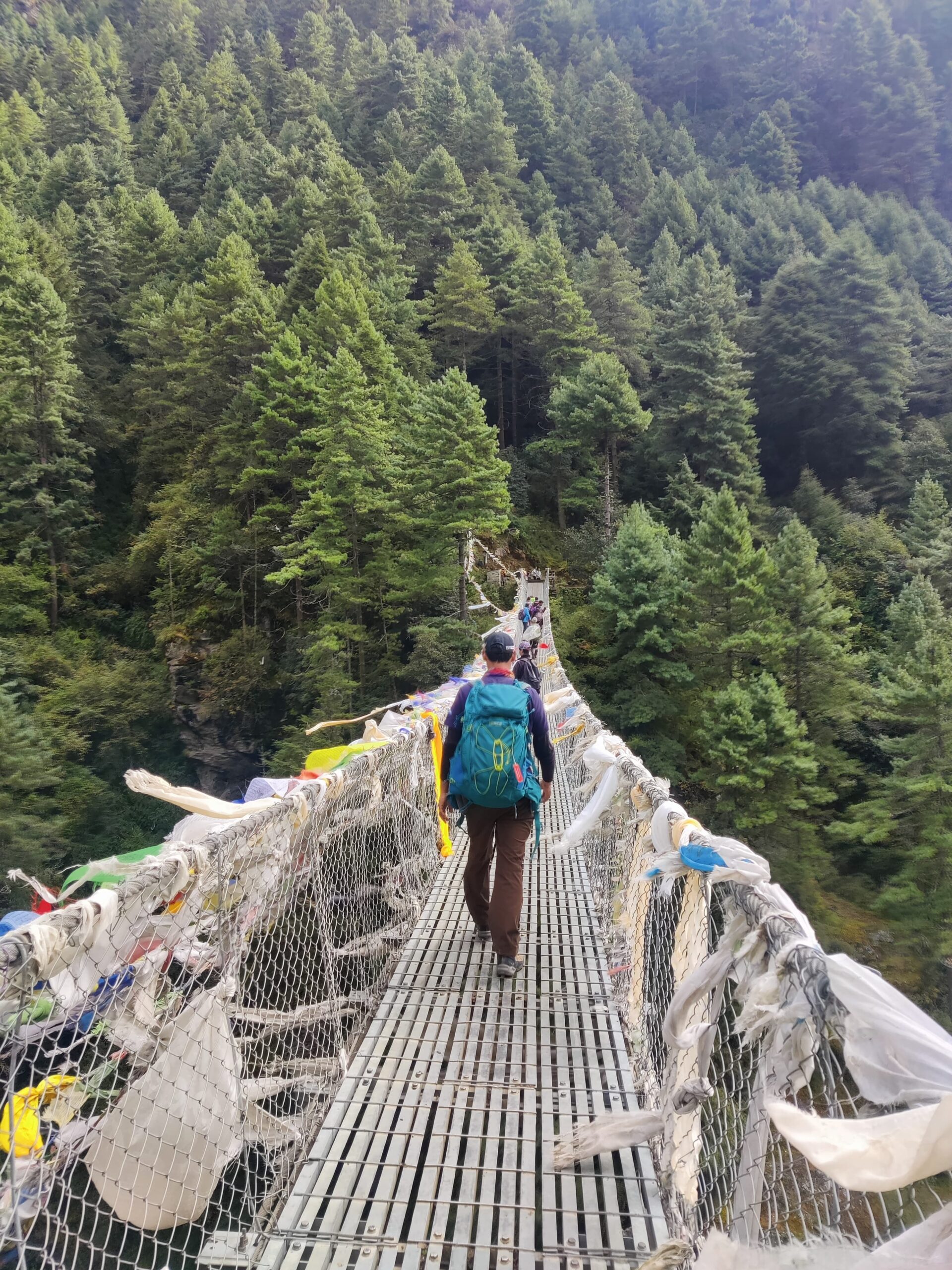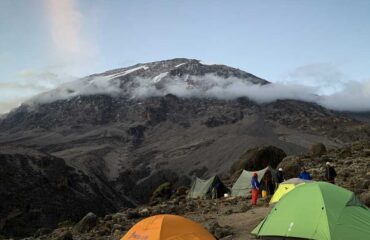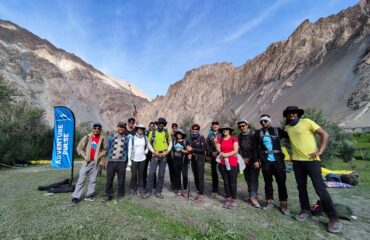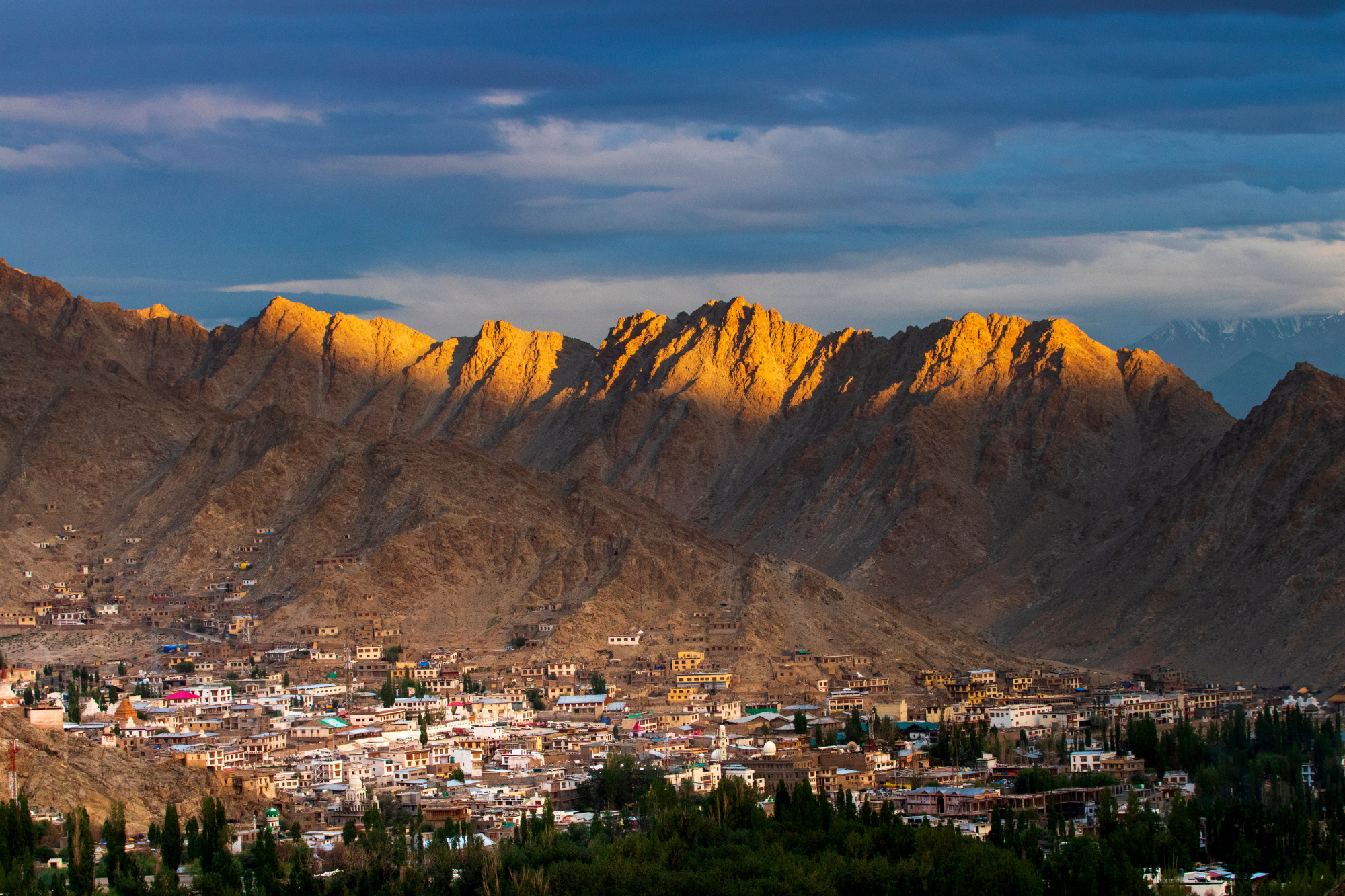
Markha Valley Trek
The Markha valley trek is one of the most popular treks in Leh. this moderate trek, is among the best options for trekkers who are looking at an easy to moderate trek but wish to experience what high altitude trekking is all about.
Taking you all the way up to the Kongmaru La pass at 5200 meters, Markha Valley Trek gives trekkers a rugged and beautiful experience surrounded by the breath-taking Karakoram and Zanskar range.
Where does this trek start from
Markha valley is a beautiful settlement, approximately 2 hours of a drive from Leh City. There are multiple ways to embark on this trek and the valley offers both Camping and Homestay options to trekkers.
This journey spans anywhere from 3 to 6 days depending on how many days would you like to spare. Some trekkers begin their journey from a village called Skiu, covering – Thinleyspa, Markha, Hunker and Thachungtse on their way up .. and descend after climbing the Kongmaru La Pass from the Chokdo side in the Hemis National Park.
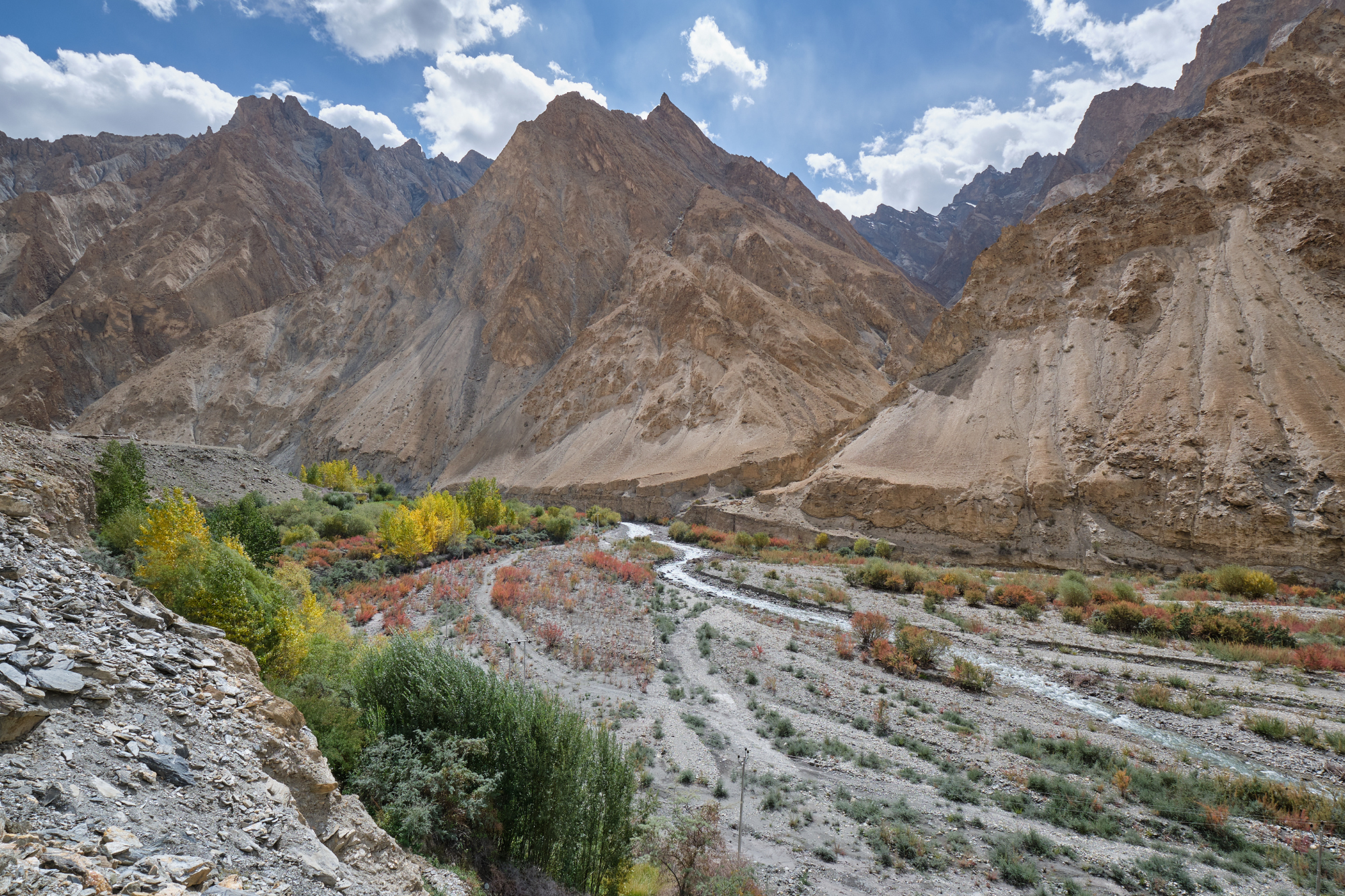
Some trekkers who are ambitious even go all the way up to Kang Yatse 2 Base Camp and prefer spending a night there. This adds to the adventure for sure and also allows aspiring climbers to get a glimpse of the 6000 meter giant that they wish to summit one day.
Coming into Leh – 3500 Meters
Day 1 of the Markha Valley trek begins the moment you land in Leh. When you land directly at 3500 meters, you may feel oddly different from what you expected. After spending around an hour or more, you might notice the first signs of altitude sickness. Most people land in Leh from cities lying far below 1000 meters, so landing directly at 3500 meters usually makes trekkers experience fatigue, nausea, and even headaches.

The Rinpoche airport looks beautiful. As you approach the airport, you see the entire barren and dry landscape of Leh City. You realize immediately that this city will become your home for the next couple of days. Every step you take, every glimpse you catch, surrounds you with a 360° panorama of beautiful mountains in varying shades of brown and red, with barely any tree cover. The starkness of the landscape makes every visual detail stand out, and you feel an immediate connection to the high-altitude environment.
Day 2 – Leh Market and Acclimatization
Unlike most trekking itineraries, where Day 2 marks the beginning of an adventurous journey and a drive to the trek’s starting point, trekking or climbing in Leh does not allow this. Starting immediately after landing at such a high altitude is unsafe, and experienced guides strongly advise against it.
Since you land at 3500 meters, every trekking or climbing itinerary in Leh City includes Day 2 as an acclimatization day. This ensures that trekkers maintain their fitness, safety, and good health while gradually gaining altitude on the trek. So, you spend Day 2 in Leh City, acclimatizing to 3500 meters of altitude.
Let’s take a closer look at what you should do on these two days in the city and what practices ensure your safety.
The Dos and Don’ts
The first and most important rule for Day 1 in Leh City is do nothing. And when we say “nothing,” we genuinely mean nothing. One of the biggest mistakes trekkers, bikers, or climbers make in Leh is assuming that because they don’t feel altitude sickness immediately, their body is unaffected. Many end up roaming markets, watching TV, or exploring nearby areas, which becomes dangerous at high altitude.
During the first few hours after arrival, you may feel fine because altitude hasn’t affected you yet. But by the time the sun sets, your body begins reacting to the thinner air and lower oxygen levels. Since most flights land in Leh only until 12:00 p.m., you usually arrive by early afternoon. Drive straight to your hotel and catch up on some sleep, especially if you had a sleepless night traveling.
Make sure to drink at least 3.5 to 4 liters of water to keep your hydration levels high. Maintain a good appetite and rest the entire day. Even small actions can feel strenuous if your body is impacted by altitude sickness. To ensure your health and enjoyment, focus on resting, hydrating, eating well, and taking care of your health during the first two days.
During summer, between July and September, Leh experiences very strong sunlight. The sky is bright, and direct sunlight often causes headaches, dry skin, and eye strain. Always wear sunglasses when you step outside, even if you just sit on your hotel balcony. Exposure to the intense sunlight can adversely affect your health and eyesight.
Unmissable Things on Day 2
After a good night’s sleep on Day 1, Day 2 feels easier as your body starts adapting to the altitude. You can consider several activities, but it is crucial to listen to your body and monitor symptoms carefully.
-
Stroll around Leh Market – Walking around the market exposes you to fresh air and helps your body acclimatize. Even an hour of strolling at 3500 meters helps you feel more comfortable in the high-altitude environment.
-
Take a short hike to Shanti Stupa – This beautiful stupa stands about 200 meters higher than Leh City and provides an excellent acclimatization hike. The panoramic views from the top give you a full visual of Leh City and the surrounding mountains.
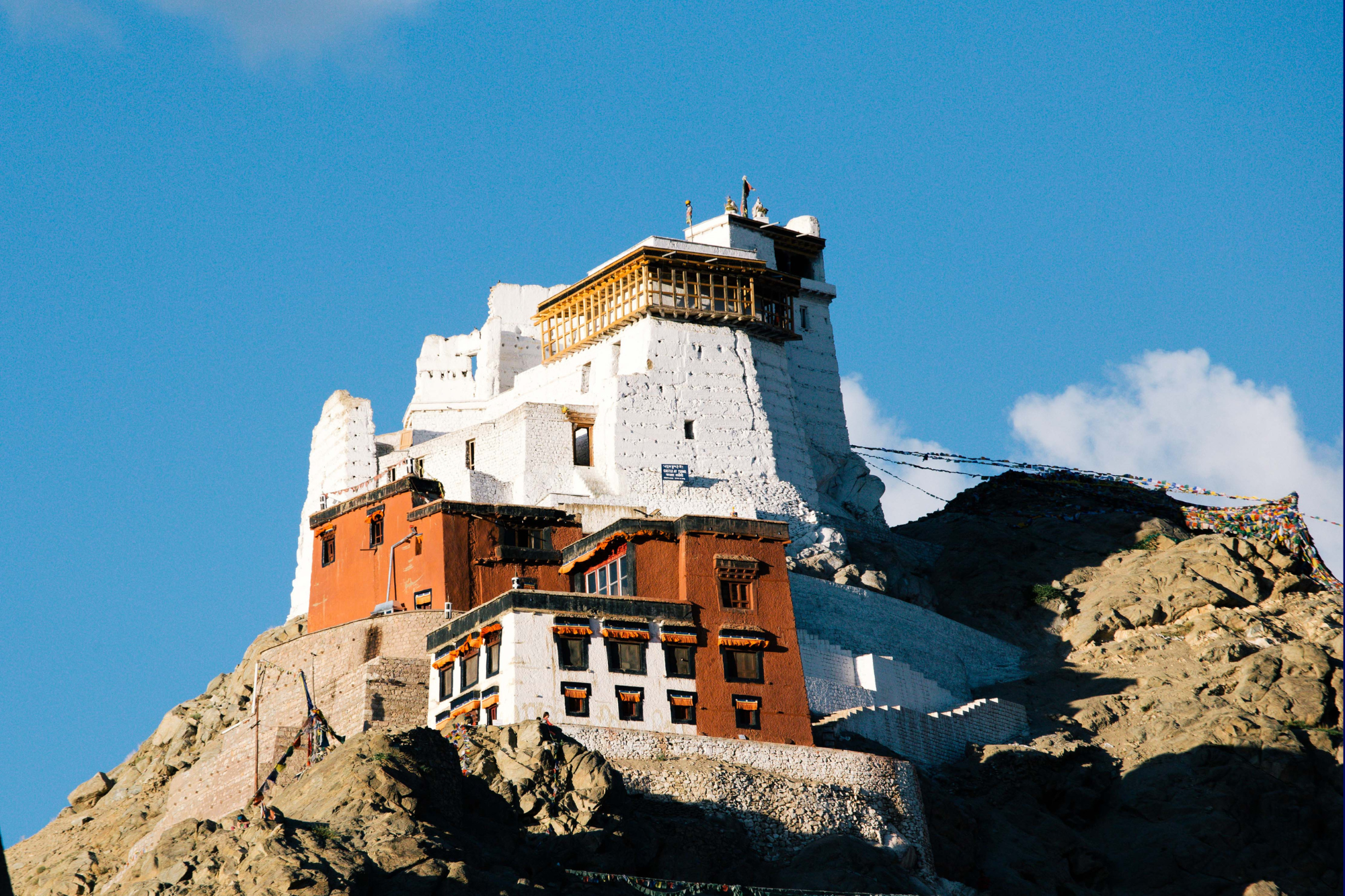 If you don’t feel like visiting Shanti Stupa, you can hike within the city itself. Leh is surrounded by mountains on all sides, so even small walks provide mild elevation gain. Just make sure to choose safe, marked trails to avoid injuries.
If you don’t feel like visiting Shanti Stupa, you can hike within the city itself. Leh is surrounded by mountains on all sides, so even small walks provide mild elevation gain. Just make sure to choose safe, marked trails to avoid injuries.
On Day 2, continue following the same routine of resting, eating, and hydrating that you followed on Day 1.
Expectation Setting
What if you feel signs of altitude sickness?
Feeling unwell at high altitude is normal. Some people experience symptoms on arrival, while others feel them on Day 2.
-
Track your water intake – Make sure you drink enough water over the first two days.
-
Watch your appetite – Poor appetite or sluggish digestion clearly indicates that your body is struggling to adapt. If you notice these symptoms, consider taking Diamox, a medicine for altitude sickness.
-
Monitor oxygen levels – Keep an oximeter handy. Readings between 80–90 are generally acceptable, but if your levels drop into the 70s or 60s, seek medical help immediately at Leh Government Hospital.
Doctors may admit you for a few hours and administer supplementary oxygen until your oxygen levels stabilize.
Most importantly, do not panic. At 3500 meters, your body naturally struggles with normal activities. But if you rest, hydrate, eat well, and sleep sufficiently, your body usually adjusts with little discomfort. If symptoms persist despite taking precautions or Diamox, seek professional help at Leh Hospital immediately.
The Iconic Leh Market
Leh Market stretches across numerous stores where trekkers, tourists, and climbers find souvenirs, local produce, vegetables, clothing, and momos. The market also offers many eateries serving delicious meals, such as La Piazzetta and Bon Appetit. These establishments have operated in Leh for years and remain favorites for their food. Also in case you have forgotten some essential pieces of gear, Leh market is best to re-stock. All your trekking essentials, including even climbing gear and are available in the market.
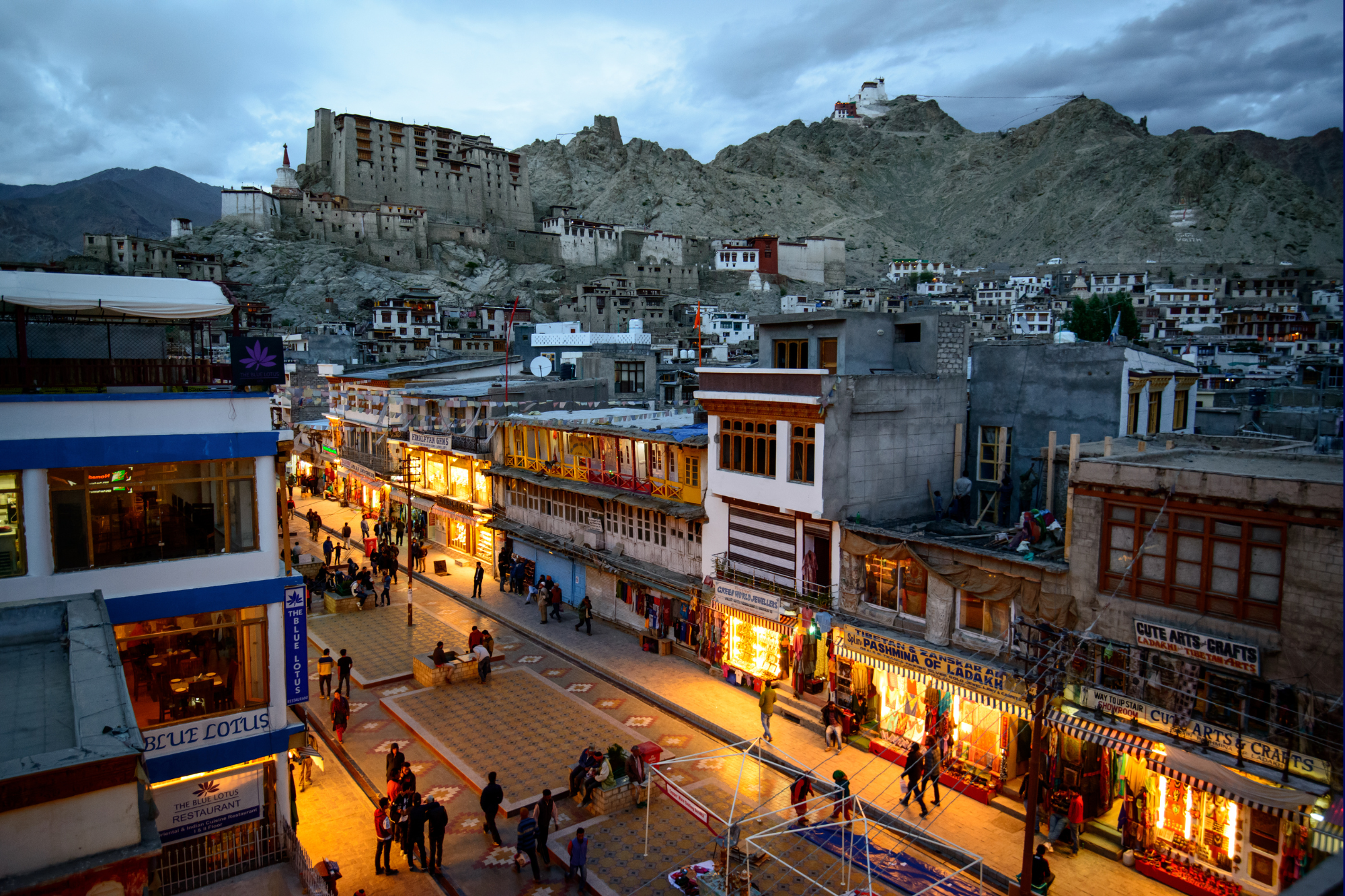
During the peak trekking season, from July to September, Leh becomes vibrant and colorful with visitors. One of the most popular cafes is La Venda Cafe. Sitting on its rooftop provides a 360° panoramic view of the surrounding mountains, letting you enjoy the beauty of the high-altitude landscape while sipping your drink.
Walking through Leh Market gives you an immersive experience of local life, culture, and cuisine. The vibrant stalls, the aroma of fresh food, and the bustling yet calm energy of the market make it a must-visit spot during your acclimatization day.
Staying Safe in Leh
Remember, the first two days in Leh are crucial for your health and trekking success. Focus on hydration, nutrition, rest, and monitoring your body. Avoid overexertion, and make sure to limit activities to those suitable for high-altitude acclimatization.
During summer, protect yourself from the strong sunlight with sunglasses, sunscreen, and hats. Even light exposure can cause headaches or eye strain, so take precautions. Walk slowly, pace yourself, and enjoy the unique experience of being in a city surrounded by breathtaking mountains.
Leh City itself offers short hikes, scenic walks, and cultural exploration opportunities. From exploring small local markets to visiting monasteries and stupa points, every movement counts as gentle acclimatization. Always prioritize your health and listen to your body signals.
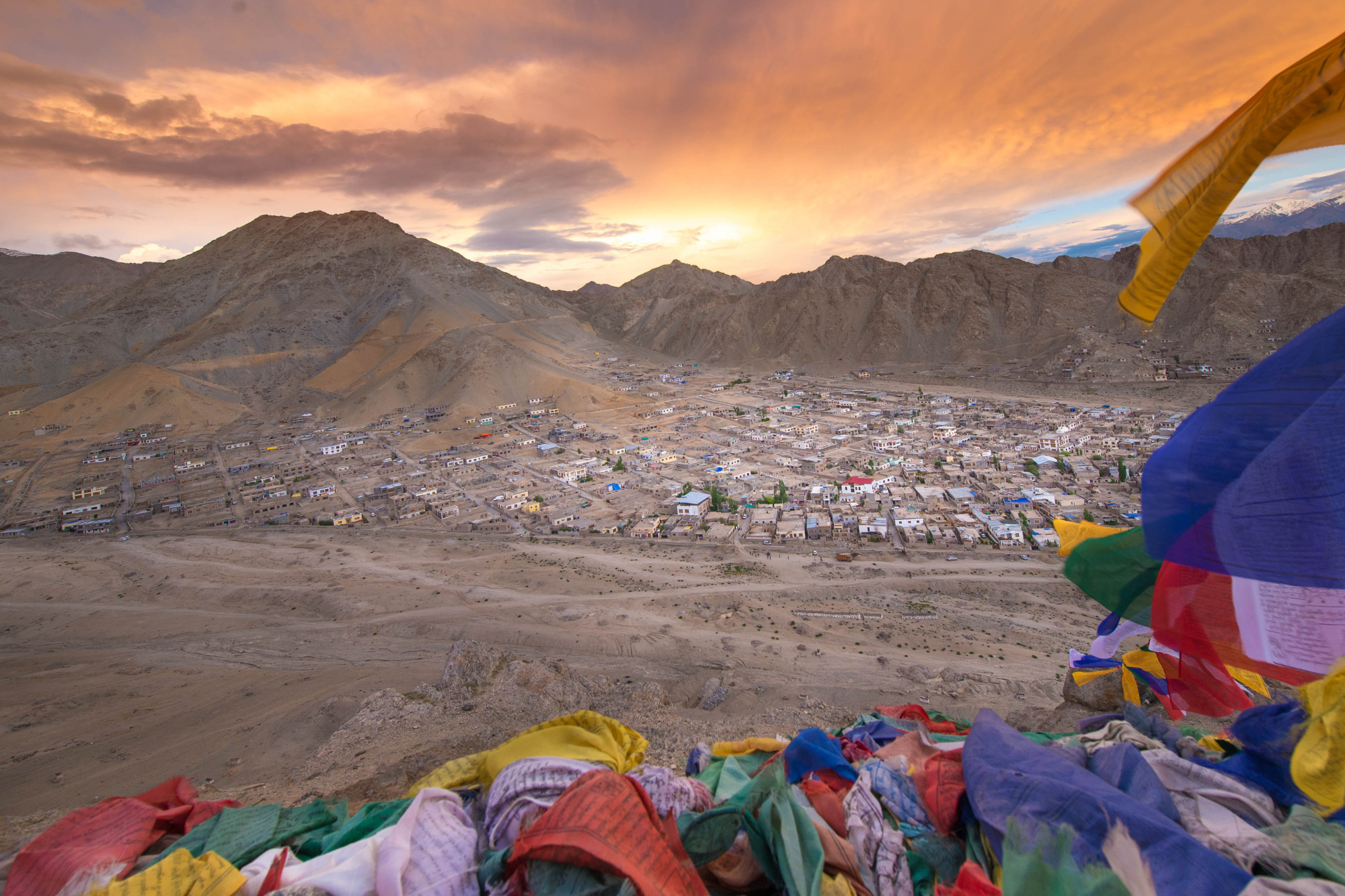
By the end of Day 2, you should feel more adapted to the high altitude, and your body will start adjusting to the thinner air. Following these steps ensures a smoother trekking experience as you head toward the Markha Valley and beyond.
To continue the journey ahead on how the upcoming days would look like – Click Here
Follow Adventure Pulse on Social Media – LinkedIn | TripAdvisor | Instagram

